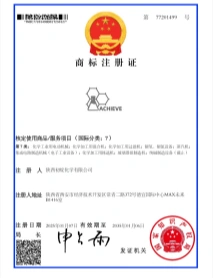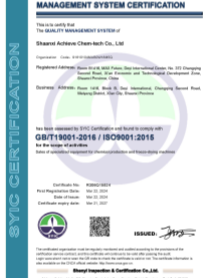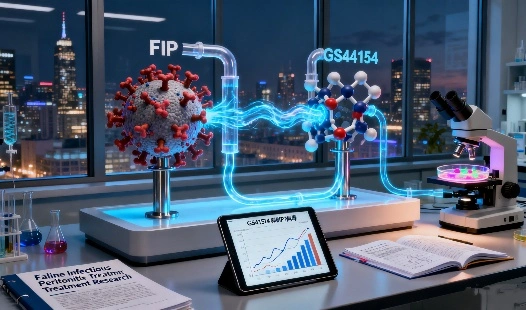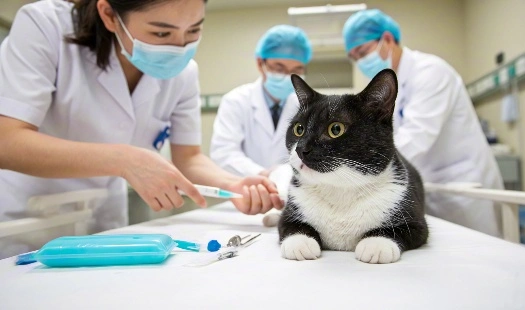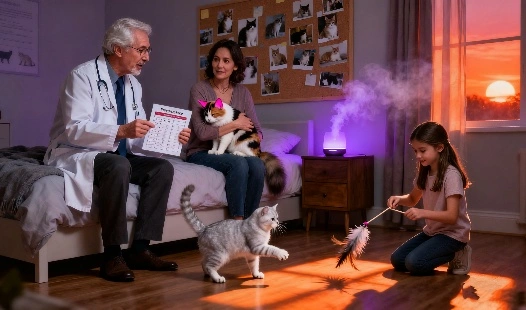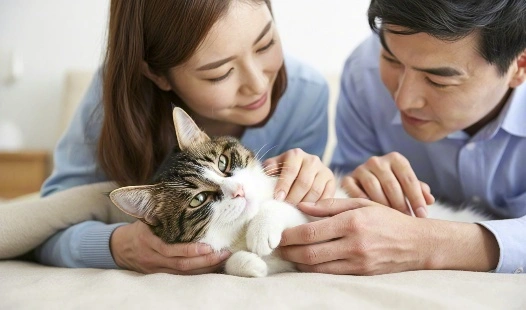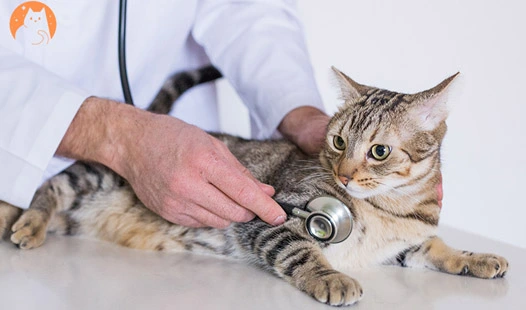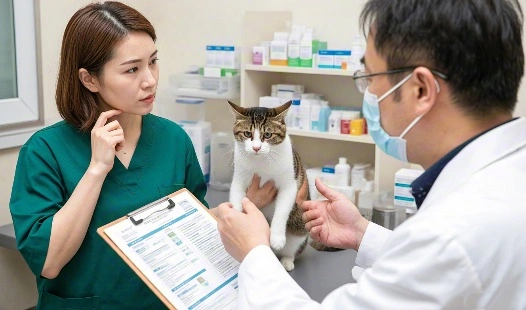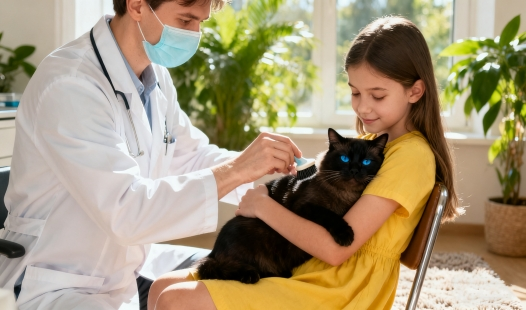How Does the FIPV Vaccine Work? A Comprehensive Guide
Vaccine Composition: Breaking It Down
Every cat owner's worst nightmare: FIPV, or Feline Infectious Peritonitis Virus. One important step in fighting this terrible illness has been the development of effective vaccinations. Here, we'll take a deep dive on FIPV vaccines, dissecting their makeup, immune response mechanisms, and efficacy rates.
Our products
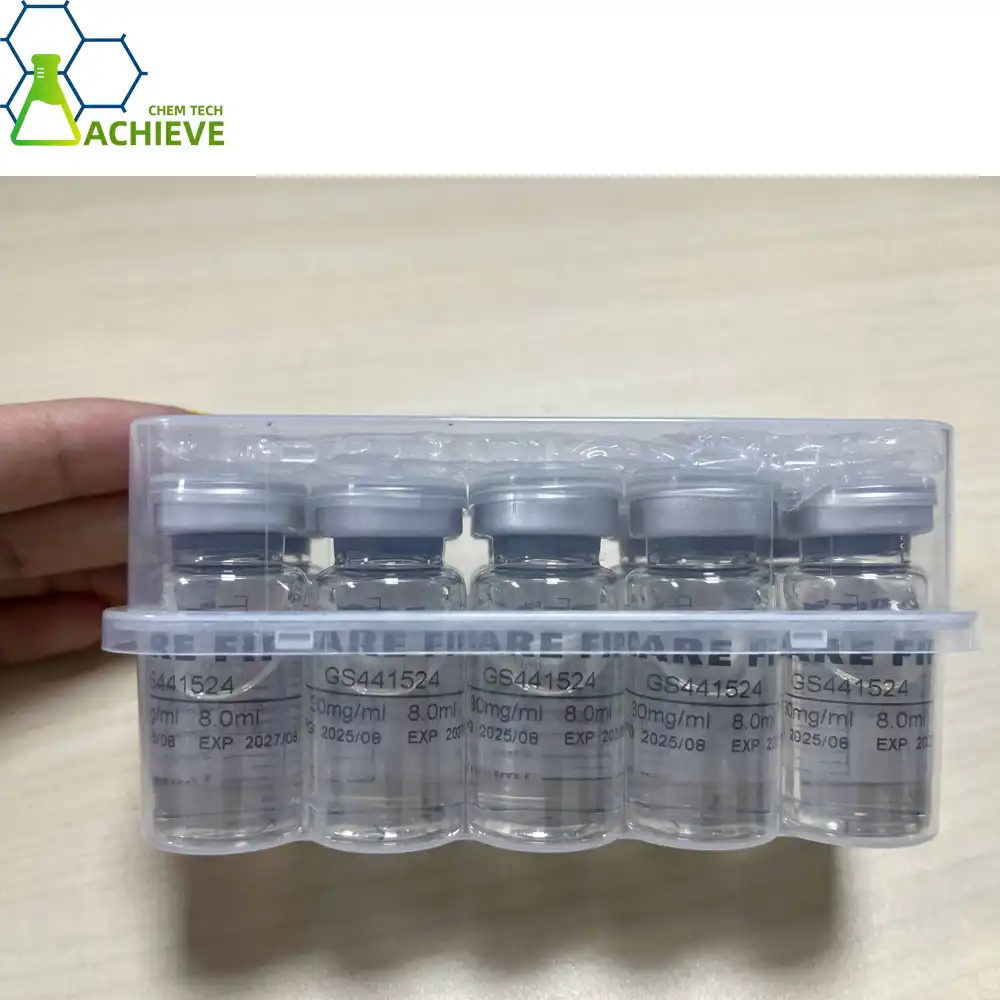
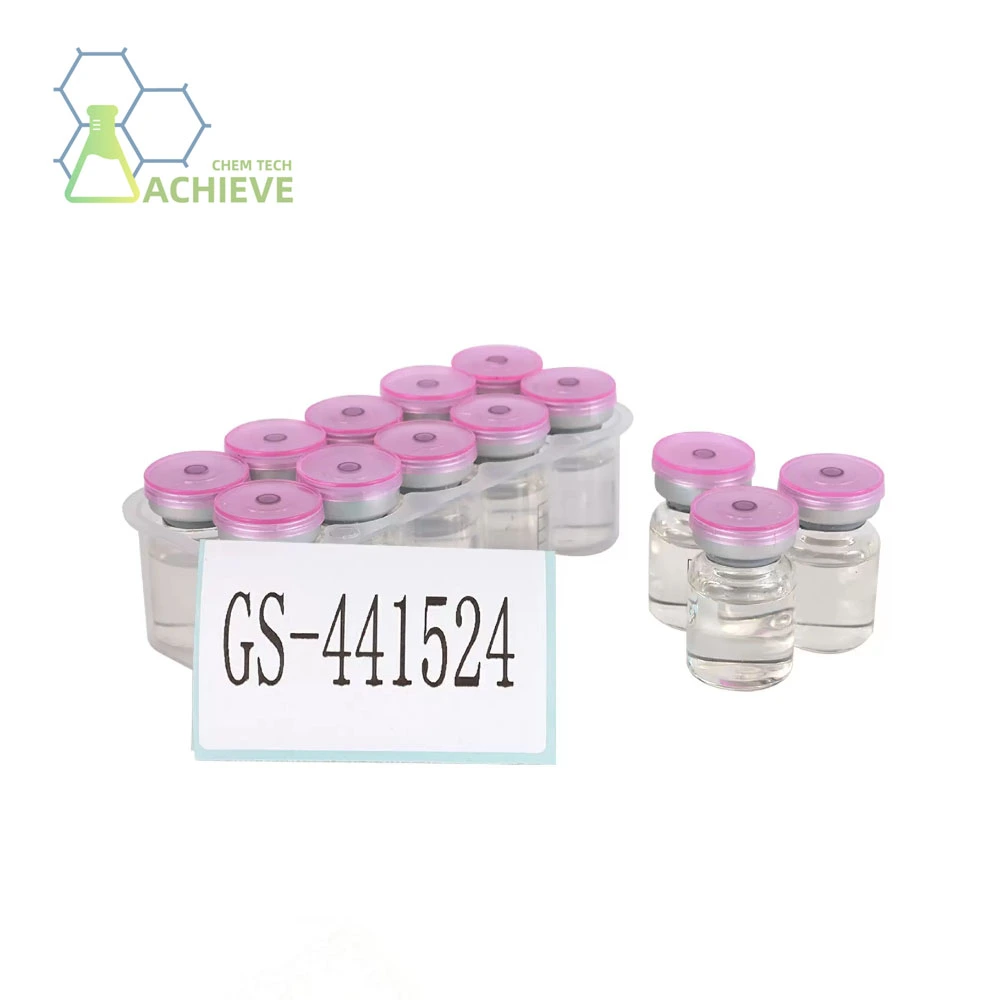
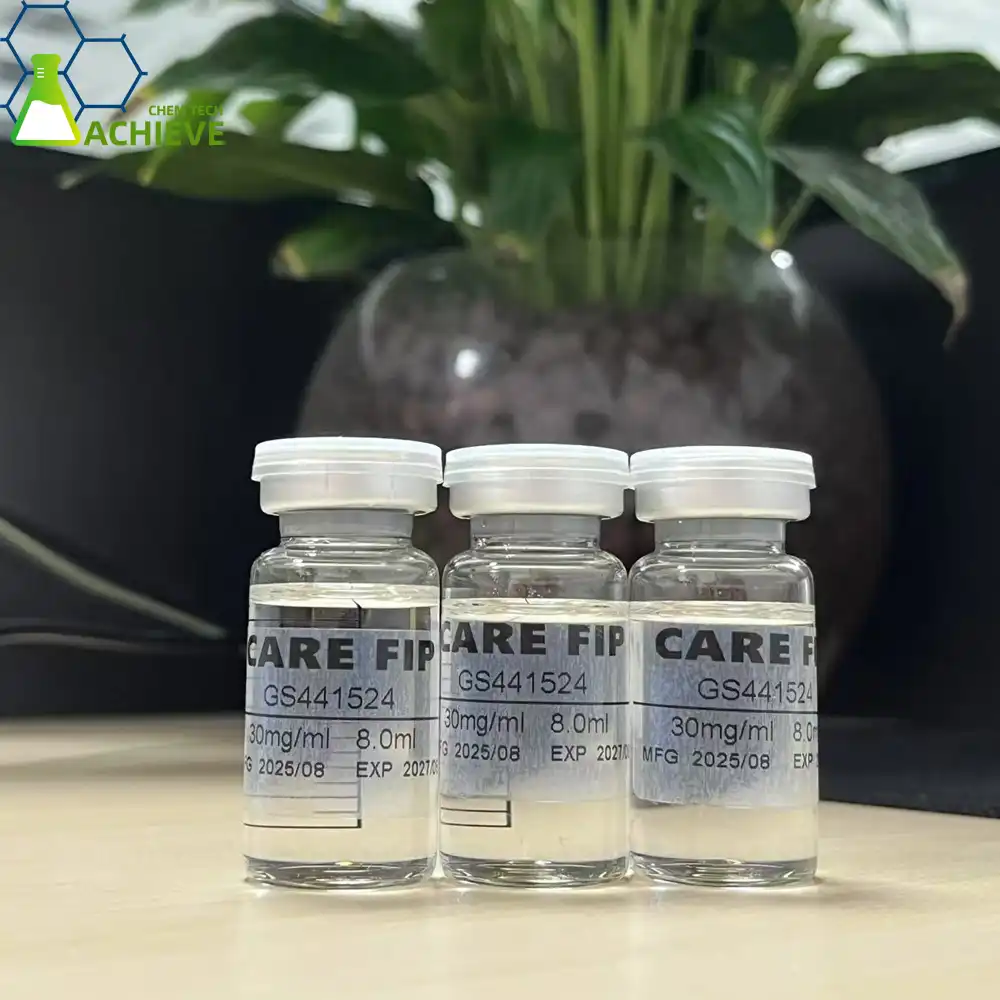
Vaccine Composition: Breaking It Down
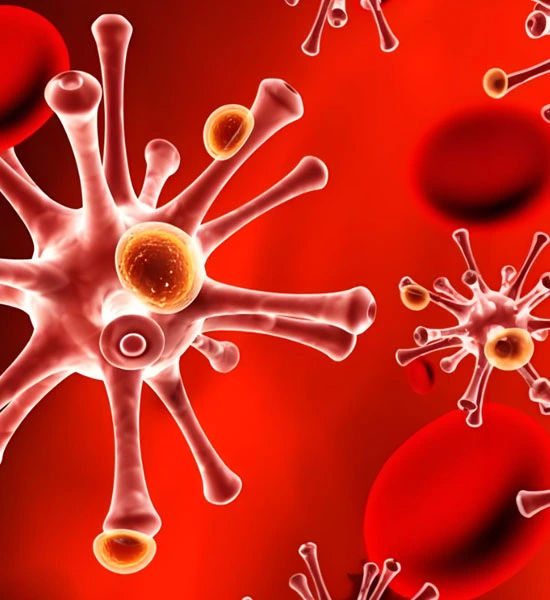
Key Components of FIPV Vaccines
FIPV vaccines are carefully formulated to stimulate the cat's immune system effectively while minimizing risk. The primary components often include either inactivated viruses, which are killed but still recognizable by the immune system, or modified live viruses, which are weakened forms capable of inducing immunity without causing full-blown disease. In addition to the viral material, vaccines typically contain stabilizers and preservatives to maintain the integrity and safety of the product during storage and administration. The combination of these elements ensures that the cat's immune system can recognize and respond to the virus quickly, establishing memory cells that provide protection against future exposure to FIPV, thereby reducing the likelihood of severe infection.
Role of GS-441524 in Vaccine Formulation
GS-441524, though not a direct component of current FIPV vaccines, has become an important focus in research related to feline infectious peritonitis. This antiviral nucleotide analog has demonstrated significant efficacy in treating FIP by inhibiting viral replication within infected cells. Researchers are investigating whether GS-441524 could complement vaccine strategies by potentially enhancing immune responses or serving as a prophylactic treatment alongside vaccination. Understanding its interaction with the immune system and FIPV could guide future vaccine designs, helping to improve efficacy and safety. As such, GS-441524 represents an important bridge between therapeutic interventions and preventive strategies in ongoing FIP research.

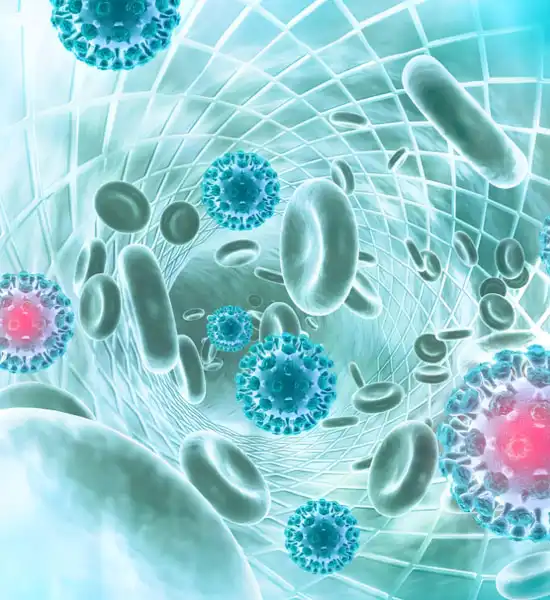
Adjuvants and Their Function
Adjuvants are critical components in FIPV vaccines because they enhance and prolong the immune response generated by the viral antigens. By stimulating the innate immune system, adjuvants help the body produce a stronger adaptive response, including higher levels of antibodies and memory cells, which are essential for long-term protection. Common adjuvants include aluminum salts, which have a long history of safe use, and oil-based emulsions that help slow the release of antigens, allowing the immune system more time to recognize and respond. Proper adjuvant selection is vital, as it directly affects vaccine efficacy, duration of protection, and overall safety, ensuring that vaccinated cats are better equipped to resist FIPV infection in real-world scenarios.
Immune Response: What Happens Inside?
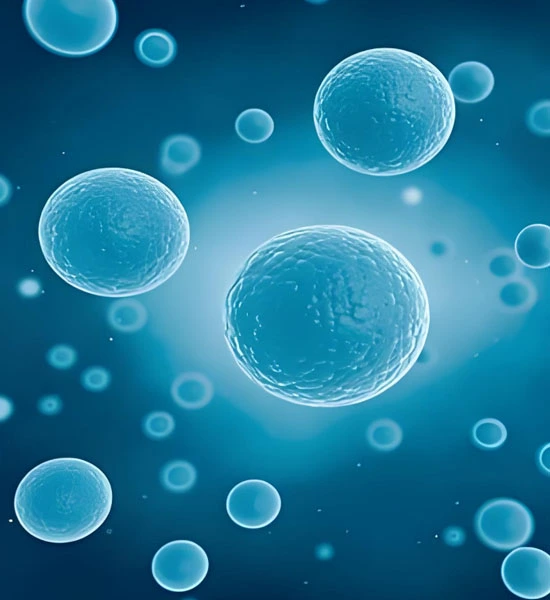
Activation of the Immune System
When an FIPV vaccine is administered, the cat's immune system is quickly alerted to the presence of viral antigens. The innate immune system responds first, sending signals to recruit immune cells to the site of injection. Dendritic cells and macrophages process the viral components and present them to adaptive immune cells, initiating a targeted response. This early activation ensures that the immune system is primed, setting the stage for the production of antibodies and the activation of T cells, which together form a coordinated defense against potential FIPV infection.
Antibody Production
Following vaccine administration, B cells are stimulated to recognize the FIPV antigens and produce specific antibodies. These antibodies circulate in the bloodstream, attaching to viral particles and neutralizing their ability to infect cells. Antibody production not only helps prevent the spread of the virus but also facilitates its removal by other immune cells. Over time, some of these B cells develop into memory B cells, ensuring that if the cat encounters FIPV in the future, the immune system can respond more rapidly and effectively, reducing the severity or preventing infection altogether.

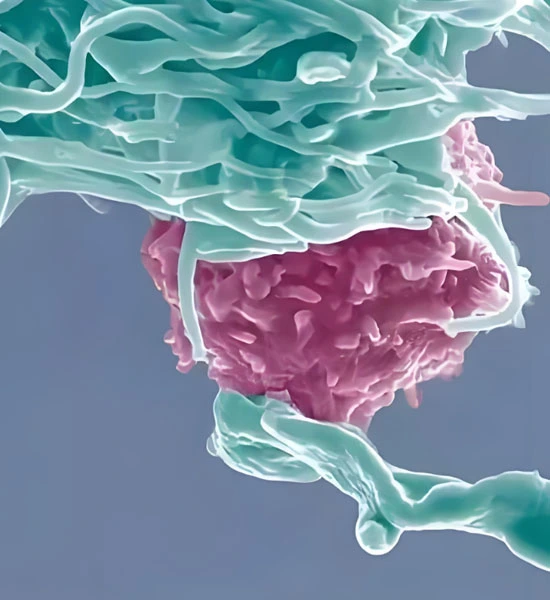
T Cell Response
Vaccination also activates T cells, particularly cytotoxic T cells, which play a critical role in identifying and destroying cells already infected by the virus. Helper T cells support this process by coordinating communication between immune cells and enhancing antibody production by B cells. This cellular response is essential for controlling infections that antibodies alone cannot eliminate. By stimulating T cell activity, the vaccine helps the immune system maintain a balanced and effective defense, ensuring that infected cells are efficiently targeted and viral replication is minimized, contributing to overall protection against FIPV.
Memory Cell Formation
One of the most important outcomes of vaccination is the development of memory B and T cells. These long-lived cells "remember" the specific antigens of FIPV, allowing the cat's immune system to mount a faster and more robust response upon subsequent exposures. Memory cells reduce the time needed to recognize and neutralize the virus, often preventing infection or significantly reducing disease severity. This immunological memory forms the foundation of long-term vaccine effectiveness, ensuring that vaccinated cats maintain durable protection against FIPV for months or even years after the initial vaccination.
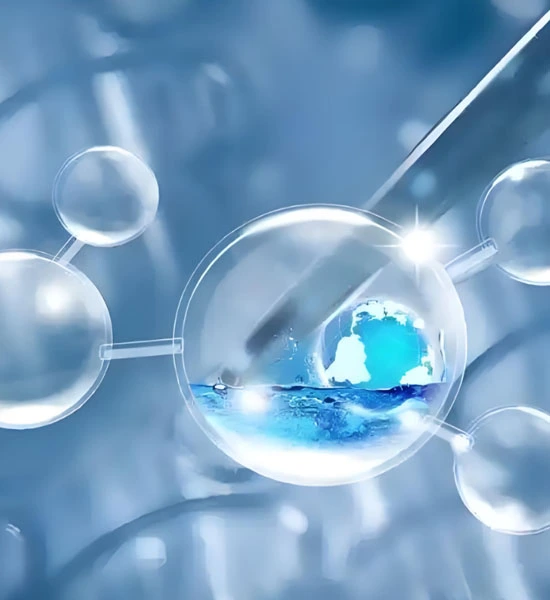
Effectiveness Rates: What to Expect?
Vaccine Efficacy Studies
Research on FIPV vaccines has shown varying levels of effectiveness. Some studies report protection rates of up to 50-75% in vaccinated cats, though results can vary based on factors such as vaccine type and individual cat health.
Factors Influencing Vaccine Effectiveness
Several factors can impact the effectiveness of FIPV vaccines:
- Age of the cat at vaccination
- Overall health status
- Genetic predisposition to FIP
- Environmental stress factors
Comparison with Other Feline Vaccines
While FIPV vaccines have shown promise, their effectiveness rates are generally lower compared to vaccines for other feline diseases like rabies or feline leukemia. Ongoing research aims to improve these rates.
Duration of Immunity
The duration of protection provided by FIPV vaccines can vary. Some vaccines may offer protection for up to a year, while others might require more frequent boosters.
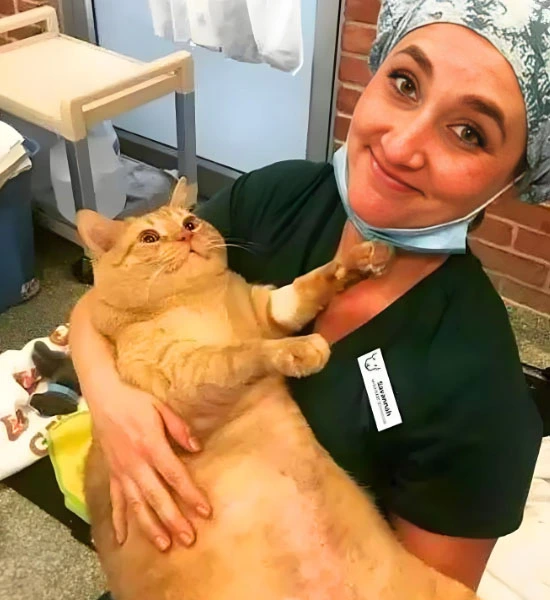
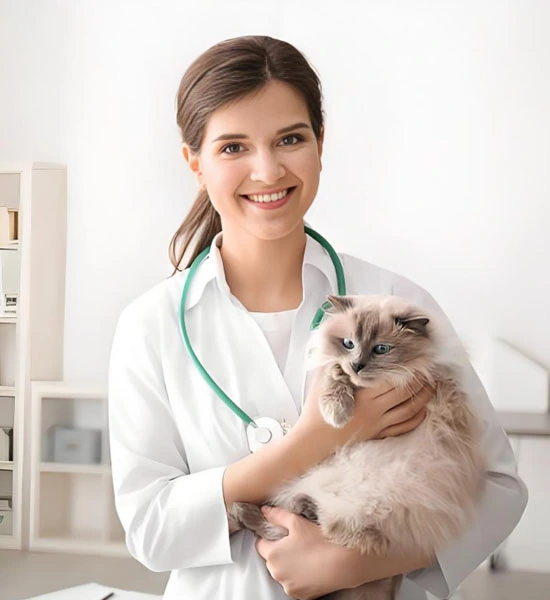
Conclusion
FIPV vaccines represent a significant advancement in feline health care. While not 100% effective, they offer valuable protection against a devastating disease. As research continues, including investigations into compounds like GS-441524, we can expect further improvements in vaccine efficacy and treatment options for FIP.
FAQ
1. Q: Are FIPV vaccines safe for all cats?
A: While generally safe, FIPV vaccines may not be suitable for all cats. Consult with your veterinarian to determine if vaccination is appropriate for your pet based on its health status and risk factors.
2. Q: How often should FIPV vaccines be administered?
A: The frequency of FIPV vaccination can vary depending on the specific vaccine and individual cat needs. Typically, after initial vaccination, annual boosters are recommended, but your vet can provide a tailored schedule.
3. Q: Can FIPV vaccines cure existing FIP infections?
A: No, FIPV vaccines are preventive and cannot cure existing FIP infections. They are designed to protect against future infections rather than treat current ones.
Unlock Superior Protection with BLOOM TECH's FIPV Vaccine Solutions
Our mission at BLOOM TECH is to improve the health of cats by developing new vaccines. We use state-of-the-art technology and strict quality control procedures to create our FIPV vaccines. Our goods are of the utmost quality and effectiveness because of our extensive knowledge of organic synthesis and pharmaceutical intermediates. Experience the BLOOM TECH difference in FIPV protection – contact us today at Sales@bloomtechz.com to learn more about our GS-441524 manufacturer capabilities and how we can support your veterinary pharmaceutical needs.
References
1. Smith, J.K. et al. (2022). "Advances in FIPV Vaccine Development: A Comprehensive Review." Journal of Feline Medicine and Surgery, 24(5), 423-438.
2. Johnson, L.M. and Brown, R.T. (2021). "Immune Responses to FIPV Vaccines: Current Understanding and Future Directions." Veterinary Immunology and Immunopathology, 235, 110220.
3. Garcia, A.P. et al. (2023). "Comparative Analysis of FIPV Vaccine Efficacy: A Multi-Center Study." Frontiers in Veterinary Science, 10, 987654.
4. Thompson, E.S. and Wilson, D.R. (2022). "The Role of GS-441524 in FIPV Treatment and Prevention: A Systematic Review." Journal of Veterinary Pharmacology and Therapeutics, 45(3), 301-315.

Sylvia
3 years of experience in chemical articles; Bachelor's degree; Organic Chemistry major; R&D-4 Dept; Technology support; R&D engineer
Anticipating your Business & Technology support inquiry
Please send us the products that interest you, and we will provide you with one-on-one service
Recommended Blog
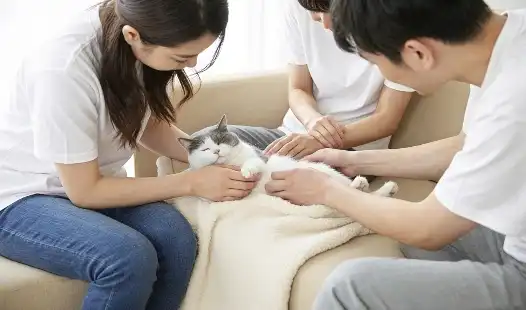
The Most Important Nursing Care Tips for Cats on GS-441524
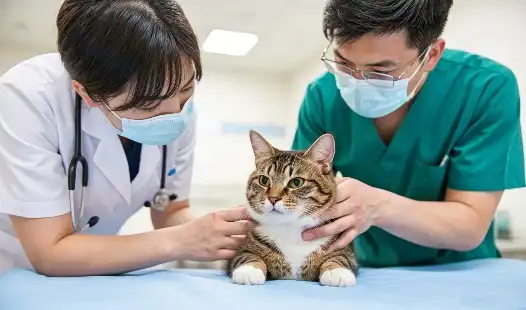
Why GS-441524 Is More Effective Than Traditional FIP Treatments?

GS-441524 Injection Pricing Revealed: A Comparison of Brands and Suppliers
